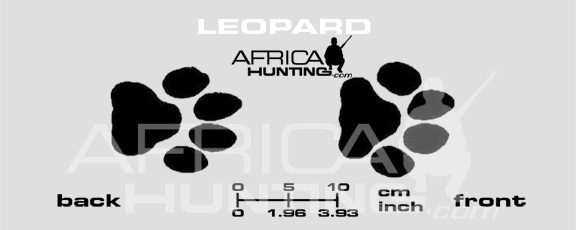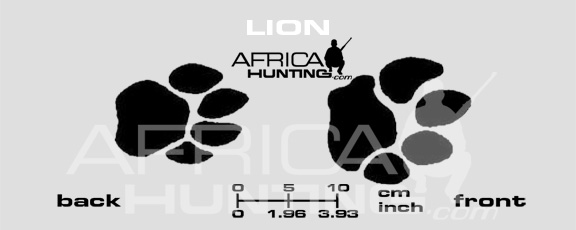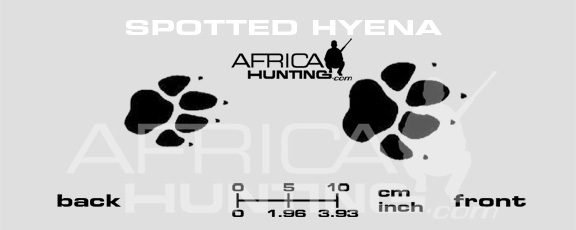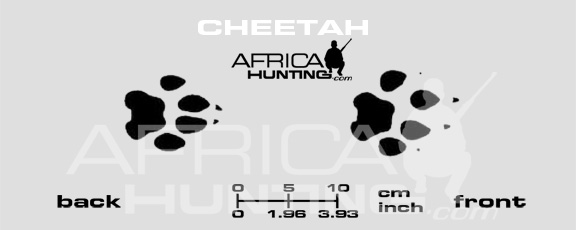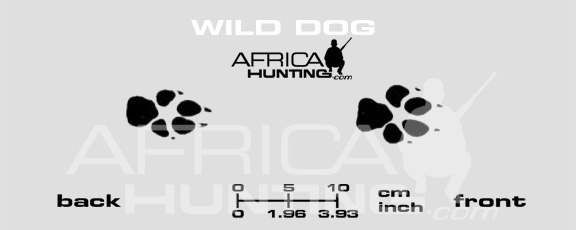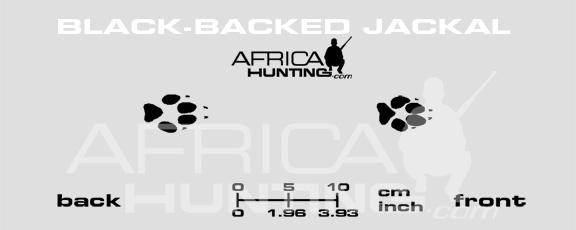- Joined
- Mar 17, 2017
- Messages
- 93
- Reaction score
- 266
- Location
- Zimbabwe / Mozambique
- Website
- www.davelangermansafaris.com
- Media
- 5
- Member of
- APHA, ZPGA
A few days ago I was walking with my wife in the safari area that I hunt when we heard the vervet monkeys going crazy. My immediate reaction was that there was a predator on the prowl, and seeing that we were on the fringe of some riverine, I guessed it would most likely be leopard. We crept no further than 30 yards when a big Tom strolled out of the grass in front of us, no more than 20 yards away. He was a beauty! After he took off at the sight of us my wife asked me how we judge a big tom in the field and it got me thinking about the process from start to finish. Obviously she could see it was a brute as soon as it sauntered out the grass, but when we are out in the field we hardly ever have that privilege of looking over a big tom in day light. We start the search for a big tom by cruising known hang outs or likely habitat looking for a big track. But how do we judge if it’s a shooter once we have located the cats track? The method that I was taught when I was an appie in the Niassa Reserve was to measure the width of the pad on the front foot with three fingers (note: pad, not overall track width). If the pad was equal to or wider than your three fingers, you seriously needed to bait that cat and have a look at him. Another method an old and bold fellow Zim pro taught me is to measure the length of the front track in centimetres and the stride length in inches. Any cat with a front track of 9cm or more and a stride length of 39 inches or more was a cat you needed to pursue.
I know there are a lot of you who have hunted leopard with some old pros and I would love to hear the wisdom out there!


I know there are a lot of you who have hunted leopard with some old pros and I would love to hear the wisdom out there!


Last edited by a moderator:





















